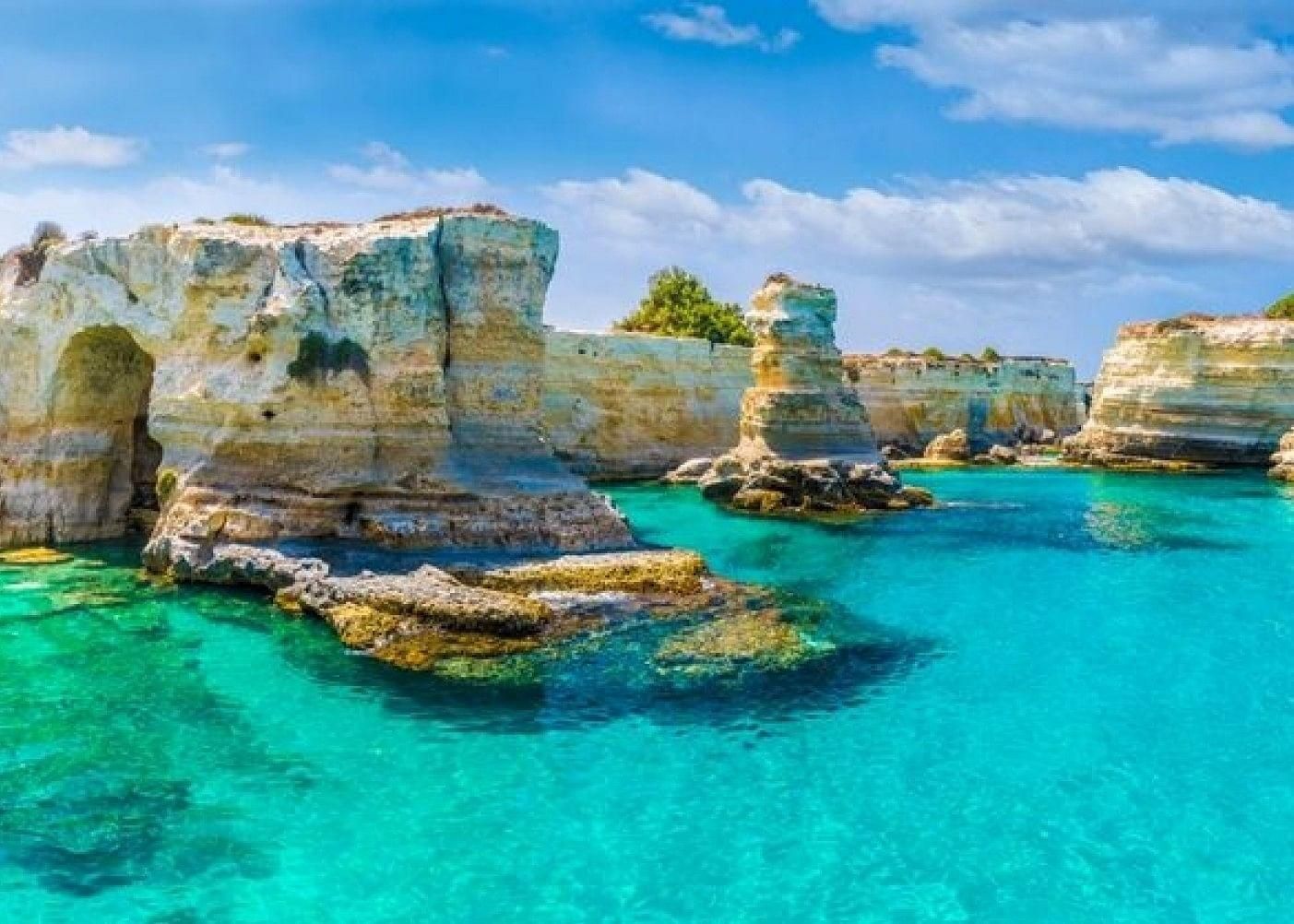The main attractions are the castle, Cathedral Sant’Agata and Spiaggia della Purità (Purity Beach). In non-pandemic times, the nearby Baia Verde is one of the best spots for nightlife in the whole country.
- Home
- Travel news
- MICE business
- Country news
- Abu Dhabi
- Argentina
- Armenia
- Austria
- Azerbaijan
- Australia
- Bali
- Baltic
- Belgium
- Bolivia
- Botswana
- Brazil
- Budapest
- Cambodia
- Canada
- China
- Chile
- Colombia
- Costa Rica
- Croatia
- Cyprus
- Czech Republic
- Dubai
- Ecuador
- Egypt
- Finland
- France
- Germany
- Greece
- Hong Kong
- Iceland travel news
- India
- Ireland
- Israel
- Italy
- Japan
- Jordan
- Kazakhstan
- Kenya
- Lebanon
- Malaysia
- Malta
- Mauritius
- Mexico
- Montenegro
- Morocco
- Namibia
- Netherlands
- New Zealand
- Oman
- Panama
- Peru
- Poland
- Portugal
- Russia
- Qatar
- Saudi Arabia
- Scandinavia
- Scotland
- Senegal
- Serbia
- Singapore
- Slovenia
- South Africa
- Travel news South Korea
- Spain
- Switzerland
- Travel news Tanzania and Zanzibar
- Thailand
- Tunisia
- Turkey
- Ukraine
- United Kingdom
- USA
- Uzbekistan
- Vietnam
- West Africa
- Zambia and Zimbabwe
- Useful links
- Sports events calendar
- Contact/contribute

Travel news from around the world

Italy:
It turns out you don’t need to go to the tropics to find soft sandy beaches and crystal clear waters. Salento, on the very heel of Italy, has it all.
Salento has earned the moniker “Maldives of Italy” thanks to the paradise-like landscape of its coasts. Part of the administrative region of Apulia, it also boasts a rich cultural heritage, influenced by a blend of cultures which have left their mark over the centuries.
It sits between the Adriatic Sea on the east and the Ionian Sea on the west. Even though it’s a relatively small peninsula (100 kilometres long and 40 kilometres wide) the two coasts are wildly different.
The Ionian Coast
The ‘Maldives’ are located on the Ionian side. Some of the most stunning spots here are Punta Prosciutto (Ham Point), Pescoluse and the natural parks of Punta Pizzo and Porto Selvaggio, where the sea meets dunes of sand covered by Maquis shrubland, evergreen plants found across the Mediterranean.
Porto Cesareo is part of a marine reserve perfect for snorkeling, as its seabed has sub-tropical features and animals that are usually seen in warmer seas. The town has natural islands sitting in front of it, such as Isola dei Conigli (Rabbits Island), that can be reached by boat or just by swimming.
A hotspot in the Western side is Gallipoli, which is one of those places that kind of has it all. Its historical centre is an island turned fortress accessible via a 500-year-old bridge, with an intricate web of alleys that seem to have frozen in time.

More about our Facebook Group

Private Facebook group
for the travel industry
Travel Talks Platform Group
5.8k members
Travel Talks Platform for the travel industry
Follow the travel news – Traveltalksplatform is the number 1 news site to stay updated on amazing travel facts, the latest news, events, incentive ideas, MICE news, job opportunities and shows.
Specially composed for the travel industry, you will find the latest travel facts at your fingertips.

The latest airline news, hotel news, cruise news and MICE news in your inbox:
Stay updated about
the latest travel news worldwide
Copyright © 2021 e-motions international
disclaimer:
We assume no responsibility or liability for any errors or omissions in the content of this site. The information contained in this site is provided on an "as is" basis with no guarantees of completeness, accuracy, usefulness or timeliness.